-
Grand Prize: “Life, Rooted” taken in Dunhuang, Gansu Province, China, by Serena Zhang, ’21. Zhang is studying international relations and she took this photo while participating in the Global Studies Internship Program. She writes, “This little shrub in the Dunhuang desert of China’s Gansu Province caught my eye growing in the remains of a dried hollow trunk, wearing its sun-bleached home like an armor. It shows that, above all odds, life can and will prevail.”

-
Popular Vote: "Black Woman in Style" taken in Windhover, Stanford's contemplation center, by Arafat Mohammed ‘21. Mohammed, a computer science major, writes, "The person in the photo is my friend, Maria Nyana'aar. I took this picture for a project I was working on for the Center for African Studies in the fall of this [academic] year. It was a project to highlight the beauty and style of black women in a society that often overlooks it."
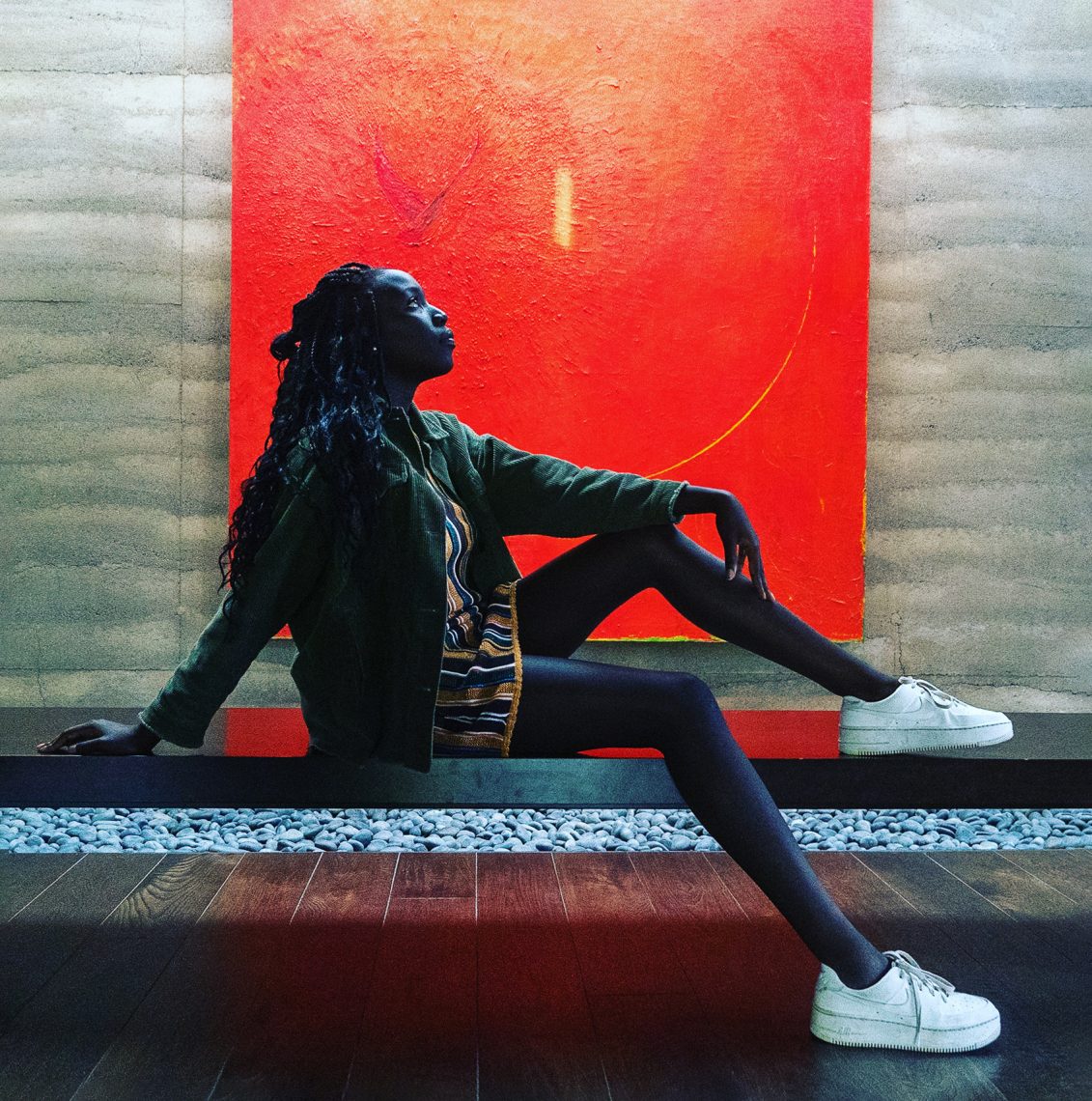
-
Natural World Prize: “Fire Mountain” taken in Zhangye National Geopark, Gansu Province, China, by Serena Zhang, ’21, during her global studies internship. The park covers a total of 322 square kilometers and is considered one of the most beautiful landforms in China.

-
Travel Prize: “Climbing in Tonsai” taken in Tonsai, Thailand, by Anna Greene, ’21. Greene, who is majoring in comparative studies in race and ethnicity, took this photo in September 2018. She writes, “I worked for a nonprofit in Phnom Penh, Cambodia, the summer after my freshman year thanks to a fellowship from the Haas Center. After my summer of working I went to Tonsai, a town in neighboring Thailand, to climb for several weeks. This is a photo of my friend Ben attempting to climb ‘Burnt Offerings’ with a view of Tonsai Bay in the background.”
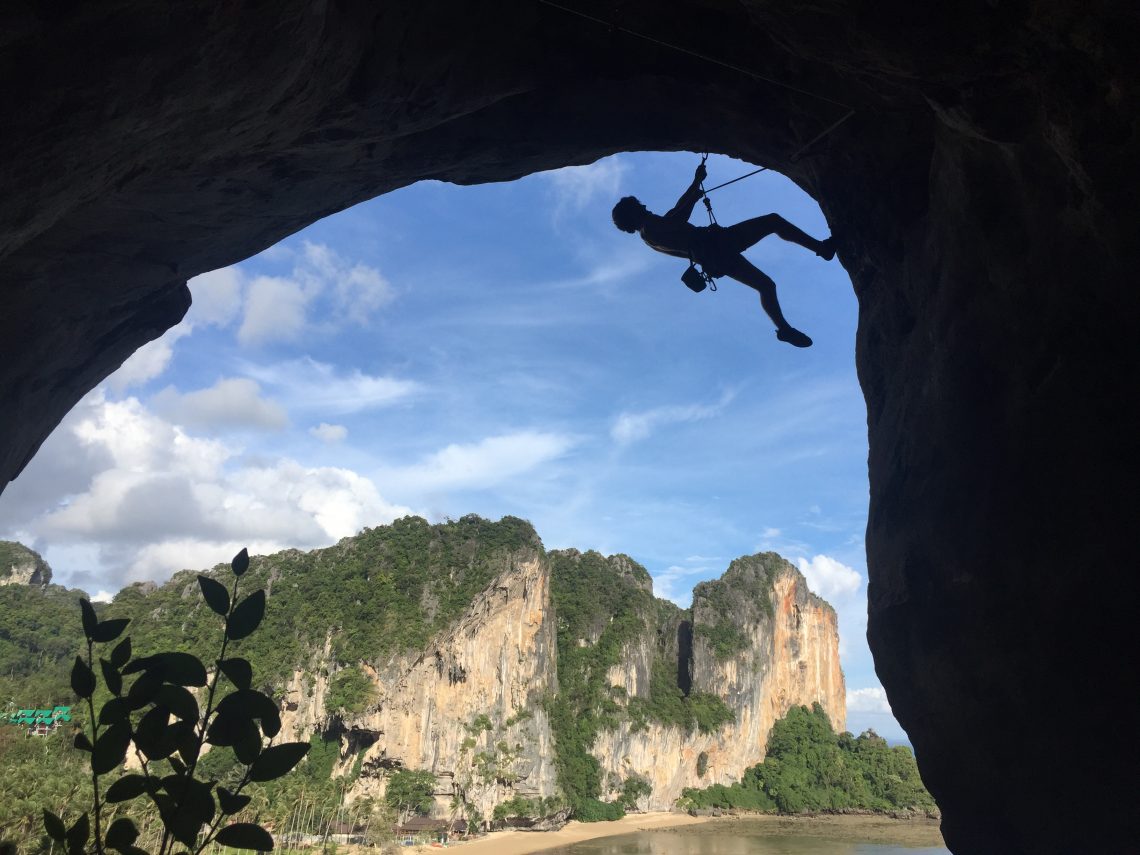
-
People Prize: “The Thinkers” taken in Ixtenco, Tlaxcala, Mexico, by Marianna Fenzi, a visiting scholar at the France-Stanford Center for Interdisciplinary Studies. This photo was taken during her fieldwork in Mexico when she was studying farmers’ management of traditional varieties of maize. She writes, “Thanks to the kind collaboration of the farmers, I was able to follow the entire cycle of maize growth, from the sowing in June to the harvest in October. Taken during that time, this image is part of a series that aims to depict the entanglements between the cycle of nature, local history and the daily lives of farmers. Two women sat during a meeting about a community project for the conservation of native maize and its uses in handicrafts. Ixtenco is one of the many regions of Mexico where farmers still grow native maize.”
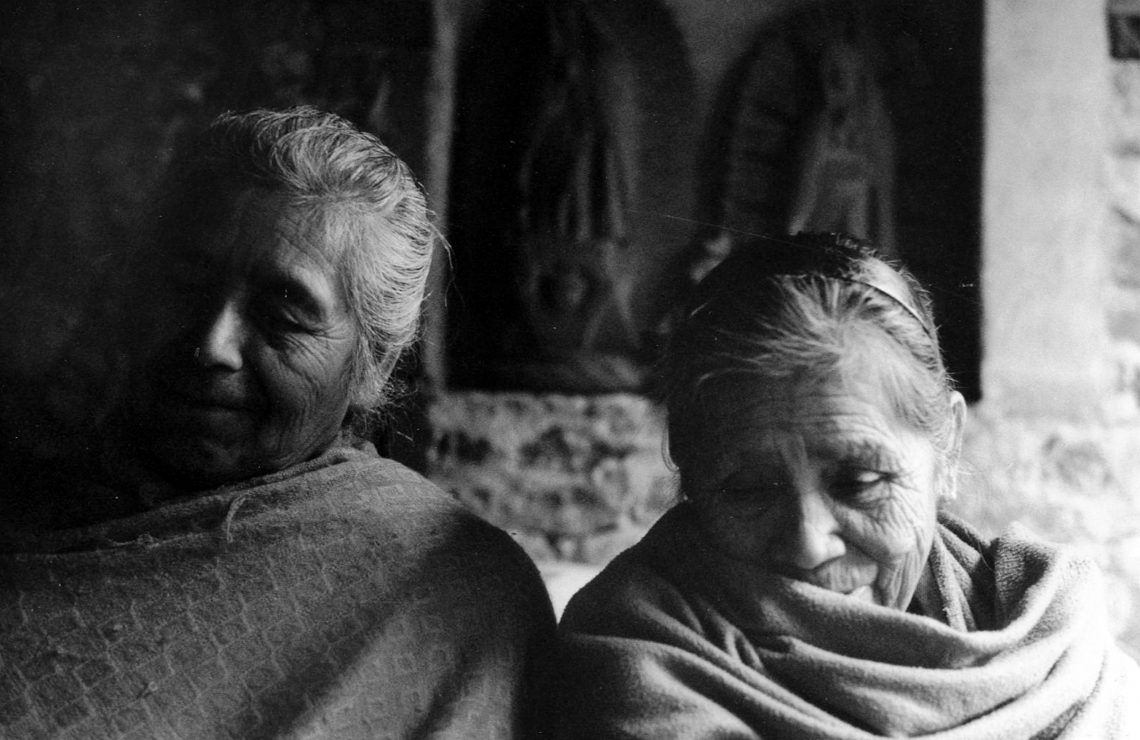
-
Animal Prize: “Woolly Friends” taken at Crescent Lake outside of the city of Dunhuang, Gansu Province, China by Serena Zhang, ’21. Zhang traveled to Dunhuang while interning in Shanghai. She writes, “In Chinese, camels are referred to as the ‘boats of the desert.’ My favorite part about this photo is the second lady from the right taking a selfie on her camel.”
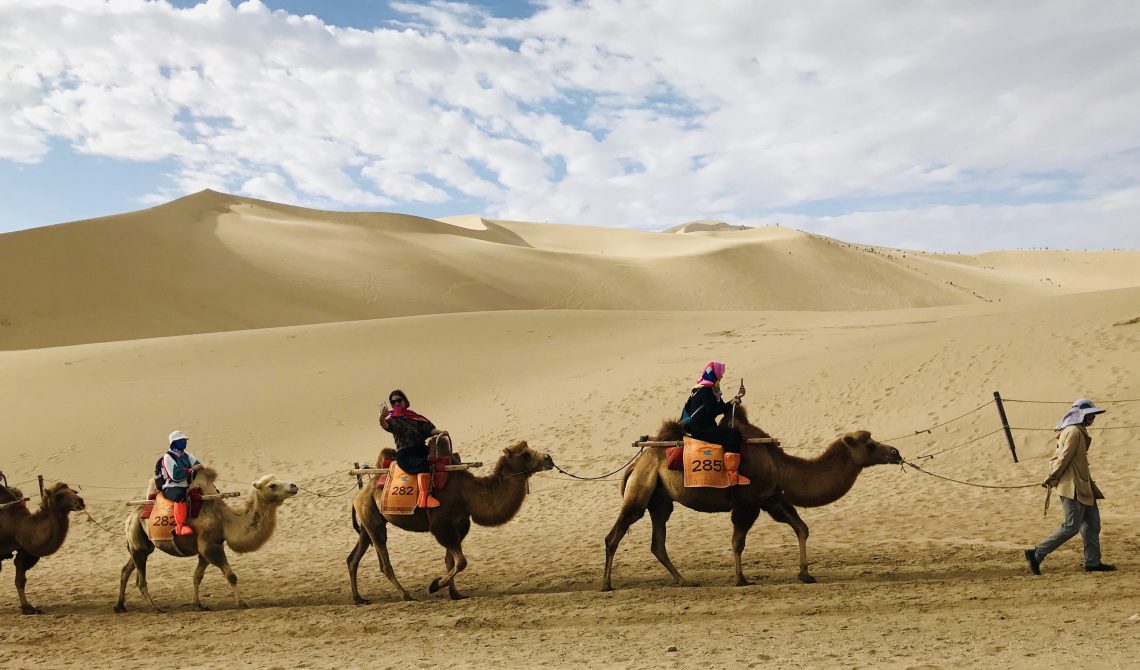
-
Photojournalism Prize: “Sinjar After the Islamic State” was taken in Sinjar, Iraq, by Mélisande Genat, a PhD candidate in history who is affiliated with the Sohaib and Sara Abbasi Program in Islamic Studies. Genat writes, “This picture was taken in the Sinjar region in 2019, after the defeat of the Islamic State. The two women belong to the Yazidi community, one of Iraq’s many ethno-religious minorities, which became the target of a wholesale genocide in 2014. About half of the population has now returned to Sinjar, but many still live in makeshift camps. In addition to archival work, I have been photographing the people I interview during fieldwork. I am currently in the process of finishing the research for my PhD dissertation, the title of which is ‘Tribes, Ethno-Religious Identities and Politics in the Sinjar Region (1920–2020).’”
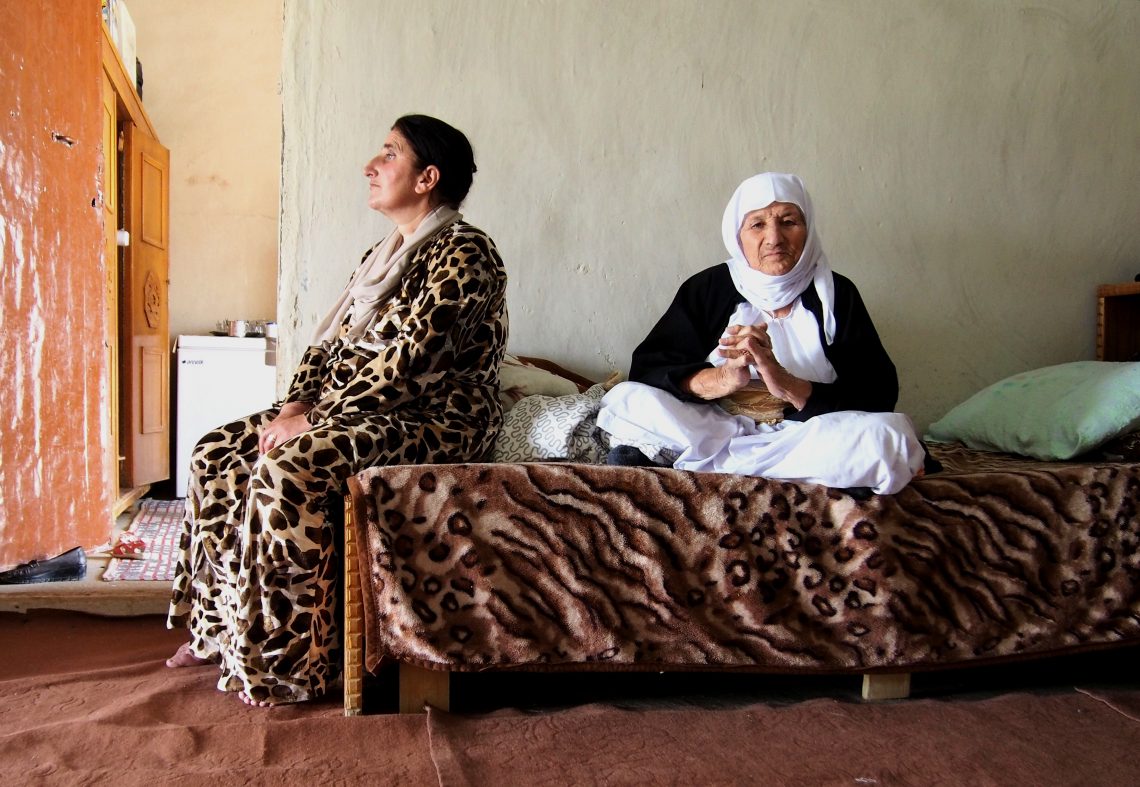
-
Honorable Mention: “Rosetta Morning” taken in Rosetta, KwaZulu-Natal Province, South Africa, by Jasmine Reid, a PhD candidate in anthropology who is affiliated with the Center for African Studies. She writes, “I took this photograph while visiting an old host family, who had recently moved out of Johannesburg to the KwaZulu-Natal Province of South Africa and bought a farm in the agricultural community of Rosetta. The valley in which they live is known for massive fog events, especially in the mornings. I snapped this shot one morning as the fog was just beginning to lift from a row of trees on the other side of the farm. At the time, I was struggling with the direction of my anthropology dissertation research, but after the respite of their farm, I came back to Johannesburg and redesigned my project for the better.”
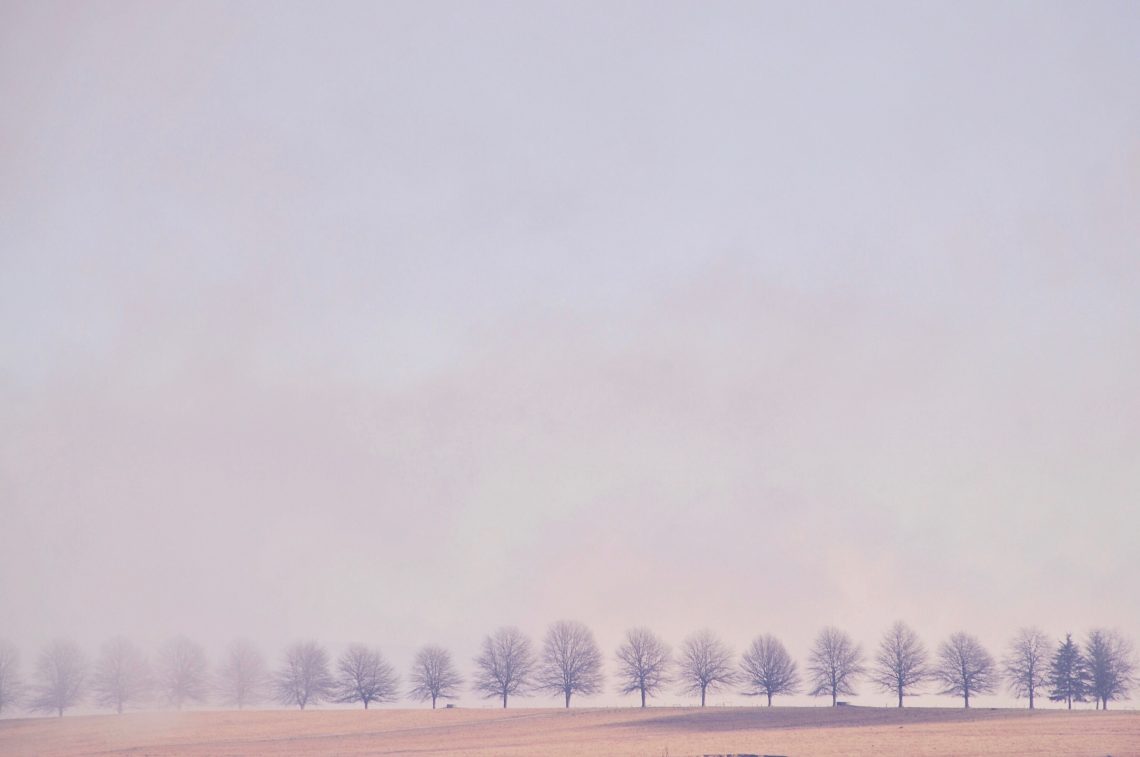
-
Honorable Mention: “Flares Light Up the Night in Beirut” taken in Beirut, Lebanon, by Gabby Conforti, ’21. Conforti took a leave of absence from her political science studies at Stanford in the fall of 2019 to enroll in the American University of Beirut for a semester to work on her Arabic and learn about regional politics. She writes of that time, “Anti-government protests erupted on October 17 in Beirut, and then spread throughout the country and to the Lebanese diaspora communities. I captured this image at night on October 25 in Riad al-Solh Square, after Amal and Hezbollah supporters had violently attacked peaceful protesters in Beirut. The protestors regrouped at night and their flares lit up the night sky.”

-
Honorable Mention: “Fisherman” taken in Mumbai, Maharashtra, India, by Byron Gray, a PhD candidate in anthropology who is affiliated with the Center for South Asia. Gray writes, “A cattle egret in breeding plumage looks out over boats at anchor in the fishing village of Gorai, outside of Mumbai, India. The village where this shot was taken is one of the last remaining Catholic villages on Mumbai’s periphery, which I visited during my doctoral dissertation fieldwork on the city’s Catholic community. The area is sustained by a combination of fishing, small-scale agriculture and weekend tourism from Mumbai, which has made the area a prime target for government officials and real estate developers looking to capitalize on the value of the land and suture it into the rest of the city. I thought this photo did a nice job of capturing how the ecology of the area and its manmade industries remain – for the moment – intertwined.”

-
Honorable Mention: “Bo-Kaap Satellites” taken in the Bo-Kaap neighborhood, Cape Town, Western Cape, South Africa, by Jasmine Reid, a PhD candidate in anthropology who is affiliated with the Center for African Studies. She writes, “I snapped this photograph while conducting anthropology dissertation research on the political impact of heritage sites in Johannesburg and Cape Town, South Africa. These four homes are part of a rainbow of streets known as the Bo-Kaap neighborhood, a predominantly Malay settlement within downtown Cape Town. While almost every part of Bo-Kaap is photogenic and consequently draws millions of visitors every year, I was particularly moved by this row of houses and their domesticity, as marked by the prominent satellite dishes on their façades. As a lover of South African television myself, I was pleased to see that a famous heritage landscape like Bo-Kaap can still provide the space for Malay families to make and sustain homes.”

-
Honorable Mention: “Highway to Heaven” taken in Zhangjiajie, Hunan Province, China, by Serena Zhang, ’21. She writes of Heaven’s Gate Mountain in Tianmen Mountain National Park, “I came here on a brief side trip while in China, but felt as if I had entered a whole other world. The lingering fog and moistness of the air make one feel perpetually enveloped in some sort of mystic embrace. The sprawling staircase in the picture consists of 999 steps to the top of the mountain, where one may step through the stone and enter heaven.”
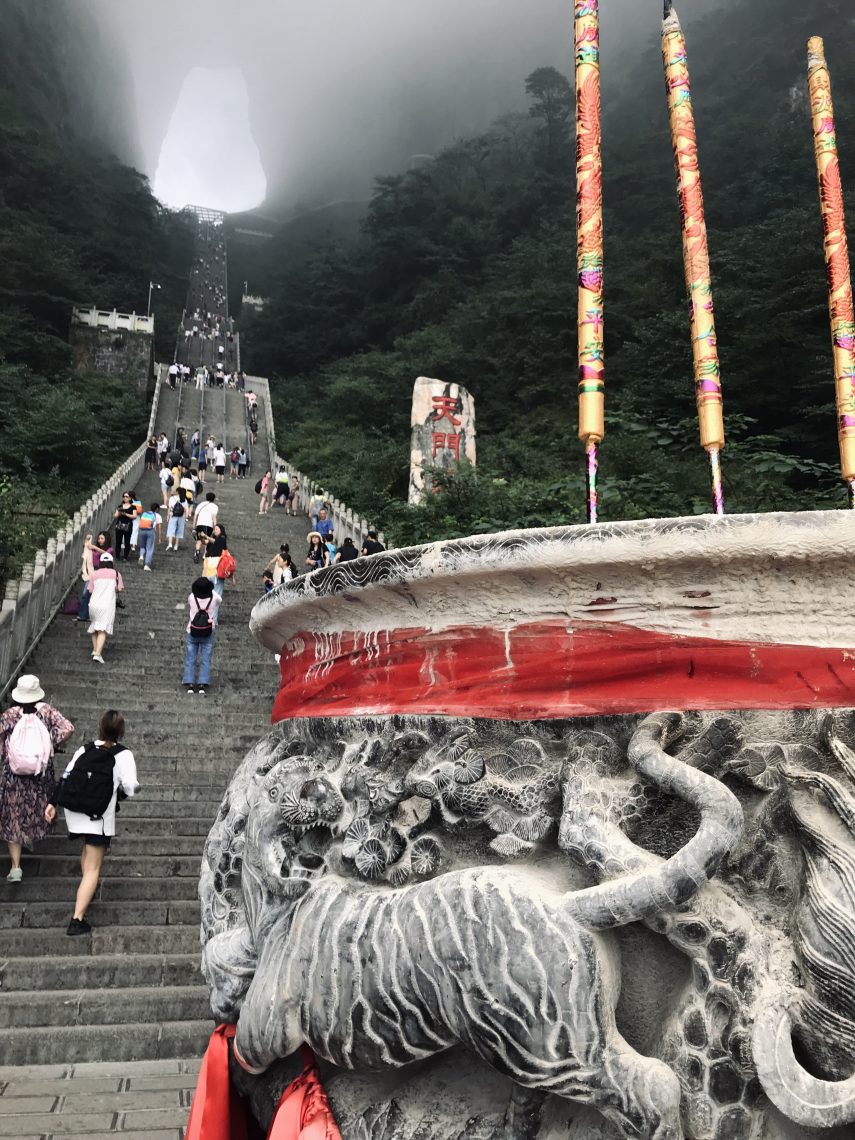
Student photographs showcase the beauty and diversity of the world around us
A snapshot of a shrub growing amidst the smooth sand dunes of the Gobi Desert – where signs of life are largely absent – is the winner of the 2020 Stanford Global Studies Student Photo Contest.
Captured by international relations major SERENA ZHANG when she was interning in China one summer, the winning image, Life, Rooted, inspires a feeling of hope during a period of great uncertainty. “It shows that, above all odds, life can and will prevail,” said Zhang.
The annual contest, which is open to undergraduate and graduate students affiliated with Stanford Global Studies’ 14 centers and programs, received more than 140 entries this year. The photos, taken by students who traveled across the globe for research, language study and internships, were submitted into multiple categories, including animals, natural world, people, photojournalism and travel.
Zhang also took home prizes for her photo of a caravan of camels transporting selfie-taking passengers across the desert and an image of a bus driving through the “Fire Mountains” in China’s Zhangye National Park.
The other winning photographs featured unique subjects in countries around the world, including
- Elderly women deep in thought in Ixtenco, Tlaxcala, taken by MARIANNA FENZI, a visiting scholar at the France-Stanford Center for Interdisciplinary Studies, while conducting research in Mexico
- Rock climbing in Tonsai Bay, Thailand, taken by comparative studies in race and ethnicity junior ANNA GREENE while completing a fellowship in Southeast Asia
- Yazidi women in the Sinjar region of Iraq, taken by history graduate student MÉLISANDE GENAT, while doing fieldwork for her dissertation
- Portrait of a young black woman in Windhover, Stanford’s contemplation center, taken by computer science junior ARAFAT MOHAMMED as part of a project to “highlight the beauty and style of black women in a society that often overlooks it”
